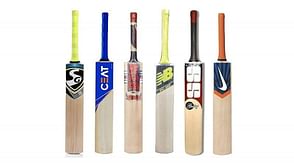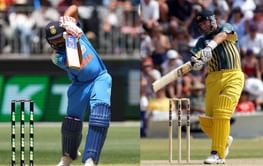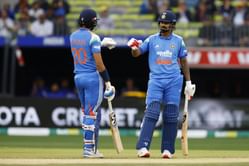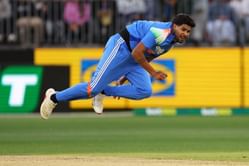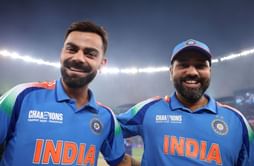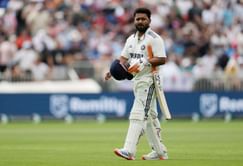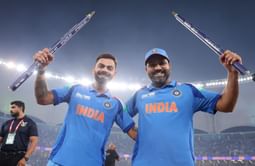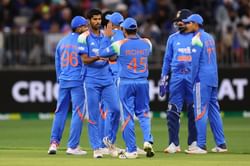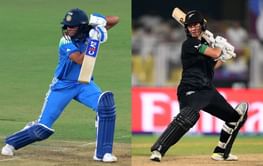The game of cricket was originated in south-east England and became the national sport of the country in the 18th century and has developed globally in the 19th and 20th centuries.
One of the basic requirements of this game is a cricket ball. A cricket ball is a hard, solid ball used to play cricket. It is the principle manner through which the batsman scores run.
Cricket bats have gone through several modifications through the years but their counterparts i.e. cricket balls, have not been modified much and have remained the same except for the modification in their color (red, white, pink).
![]()
Evolution of Cricket Balls
Red balls are the earliest type of cricket balls which are used to play Test matches and competitive cricket. Red balls were used to play all forms of cricket until 1977. They swing and seam when they are new (early in the innings). Once they become old, they offer late, reverse swing. Nowadays, red balls are only used in the longest form of cricket.
White balls were first introduced in World Series Cricket which was started by Kerry Packer in 1977 in Australia. After the World Series, white balls and colored clothing became a constant part of One Day International matches. Limited-overs cricket has gained immense popularity ever since the white balls were adopted for this format.
The concept of day-night Test matches led to the acceptance of pink balls in international cricket. Since red balls have low visibility concerns during night time, they cannot be used in day-night Test matches.
In 2009, the Marylebone Cricket Club (MCC) made a recommendation to experiment the pink balls and since then it has been used by the England and Wales Cricket Board and Cricket Australia. In November 2015, Australia hosted New Zealand for the first ever day-night Test. It marked the international debut of pink balls. The pink ball is believed to aid fast bowlers during the night time.
Structure
The core of a cricket ball is made up of cork, which provides weight and bounce to the ball. The cork is layered with tightly wound strings and covered by a leather case with a slightly raised, sewn seam which provides the essential grip to hold the ball.
Dimensions
The construction details, dimensions, quality and performance of cricket balls is specified by British Standard BS 5993.
The first written cricket law in 1744 stated that the ball must weigh 5 oz 6 oz. In the 1770s, the weight became 5.5 to 5.75 oz (about 156-163 grams), and the circumference was 8.8125 to 9 inches (224 to 229 mm). The above criteria are followed at the present scenario.
Manufacturers
There are three main manufacturers of cricket ball used in international cricket: Kookaburra, Dukes, and SG. The red ball brands used for Test cricket varies depending on location: India uses SG, England and Windies use Dukes, and all other countries use Kookaburra.
